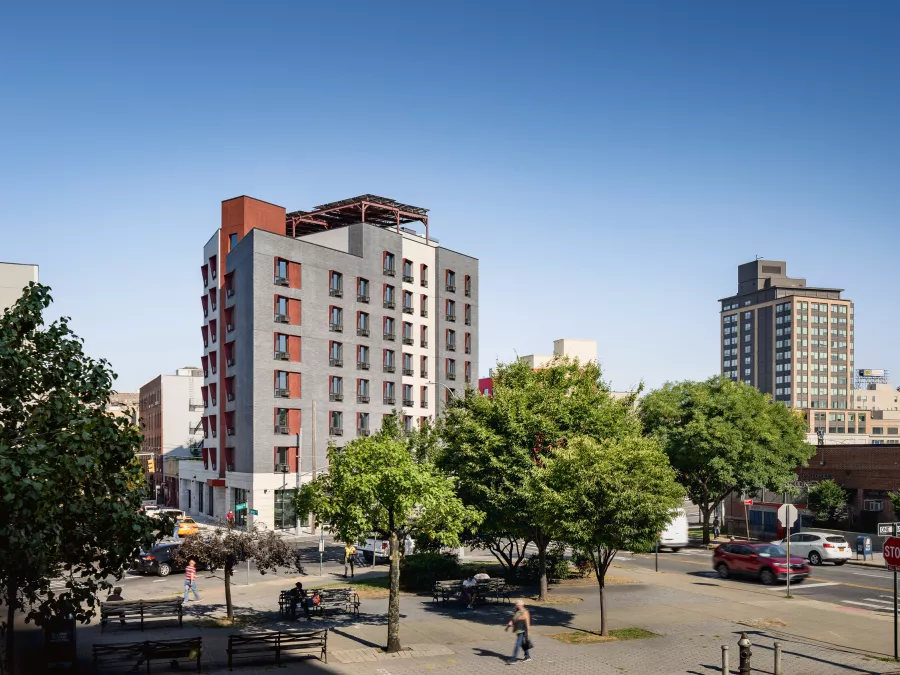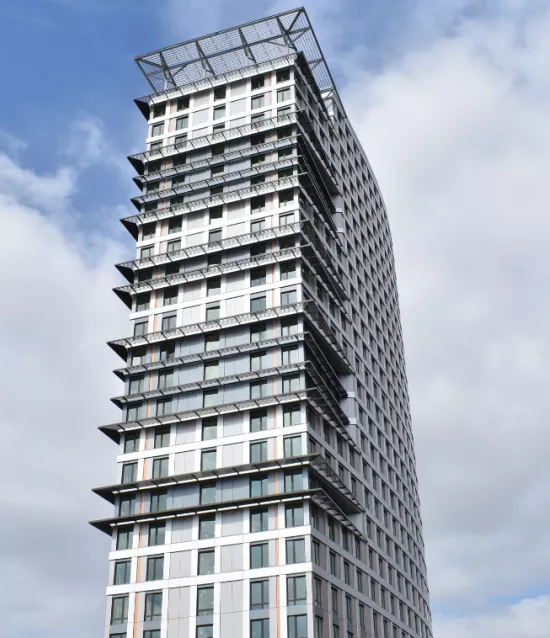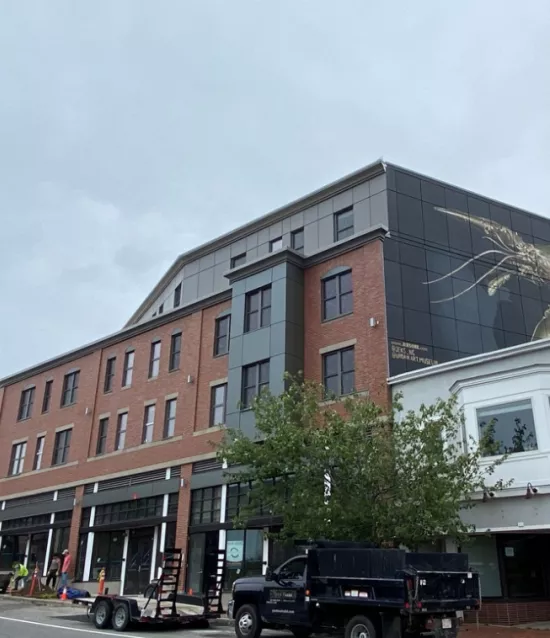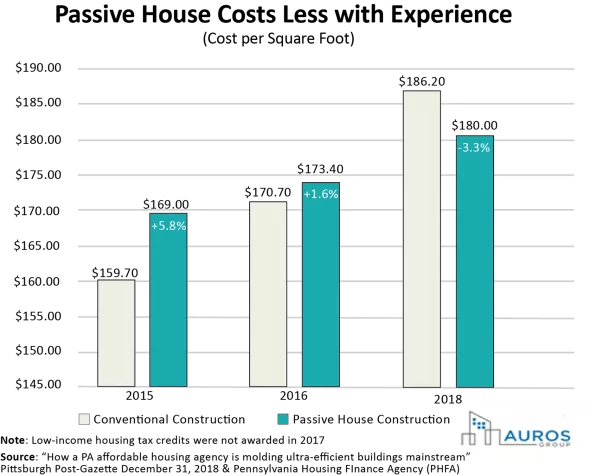Passive House Premium?
Conventional wisdom says the efficiency, comfort, resilience, and quality of Phius buildings come at a stiff premium. But as more and more performance data rolls in, we're learning otherwise. Phius certified buildings are coming in at or near cost levels of conventional equivalent buildings. Below you will find some of that data -- check back, there's more coming.




